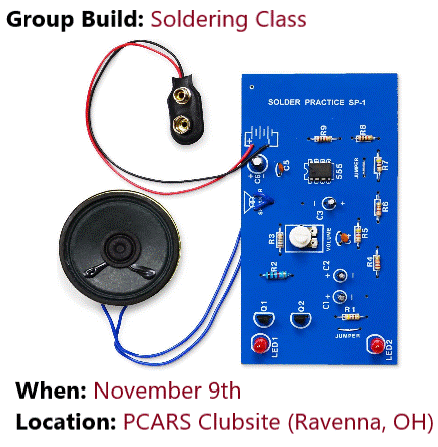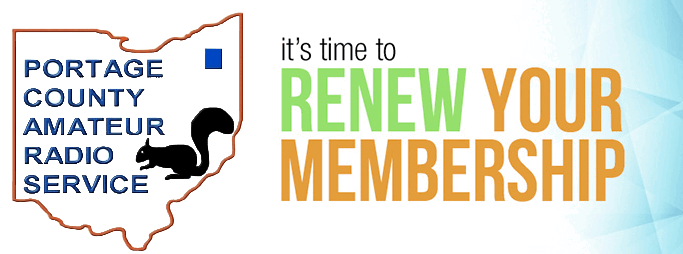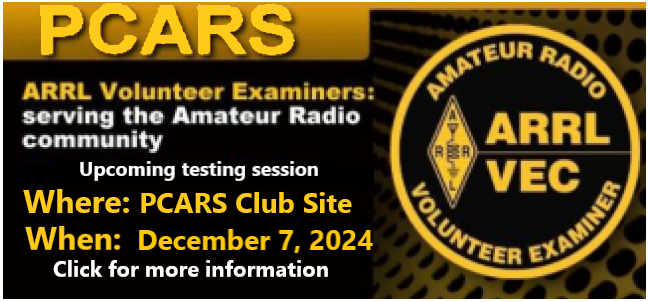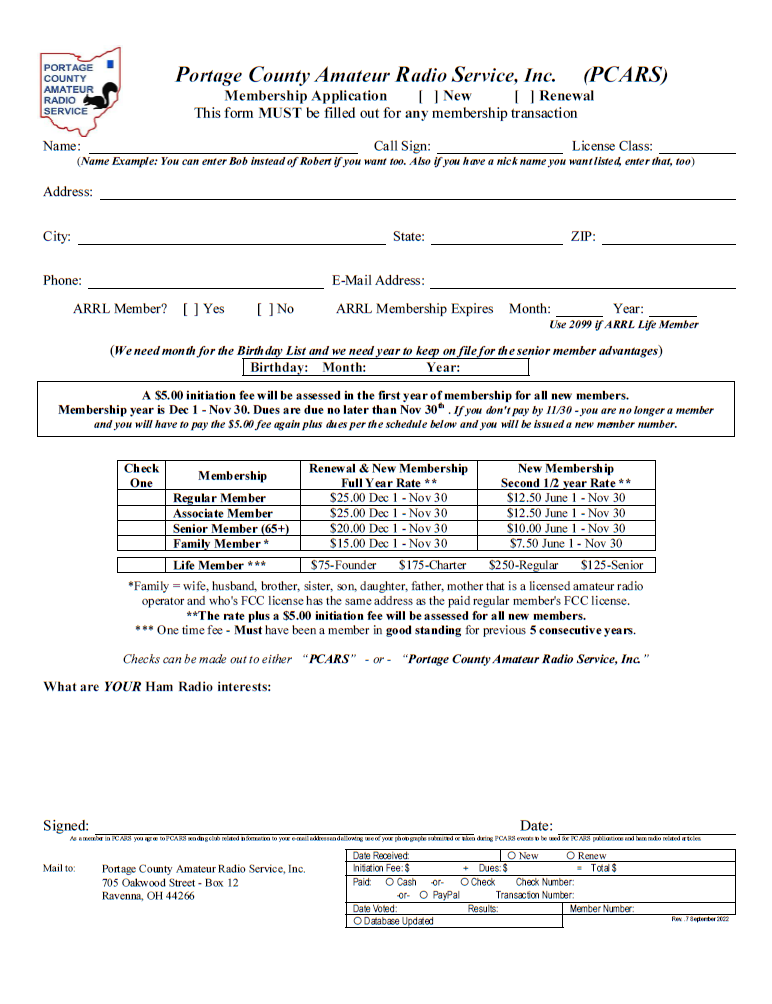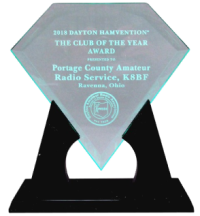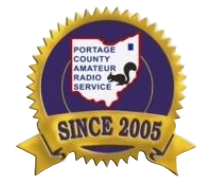-
Overview
-
DX Maps
-
PSK Reporter
-
DX Cluster
![]()
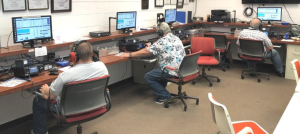
Listening is a crucial skill that every DX Hunter must acquire. The seasoned operators in the field dedicate a significant amount of time to listening rather than transmitting. During DXpeditions, it is common for operators to utilize split frequency operations. This means that they transmit on one frequency while listening on another. Initially, this may seem confusing, but it is worthwhile to listen and understand what is happening. The DX station often announces, "listening up" or "listening up five", indicating that they are transmitting on a frequency, and listening on another frequency. If the DX station does not specify a listening frequency and simply states "listening up", it typically implies that they are shifting their VFO (Variable Frequency Oscillator) within a range of 5-20KHz higher than their current frequency.
Listen for the other station's signal report and wait until their QSO is finished before joining in. If the DX station specifies "South America only", stop calling and simply listen. Continuing to call will only cause interference, the DX station will not be able to work with you anyway since you are located in the North America.
Some DX stations may work "by numbers", meaning they will request stations with specific numbers in their call sign, it's important to be patient and wait until they request a number that matches your callsign before attempting to make contact.
![]()
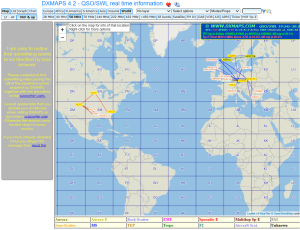
DXMAPS is an online platform that offers real time maps and comprehensive lists of QSO/SWL activity across different bands and modes. Additionally, it provides online logbooks, propagation reports, and a range of ham radio related resources.
![]()
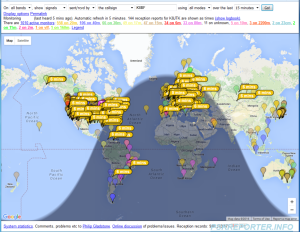
PSK Reporter, initiated by Philip Gladstone in 2014, is a network and website dedicated to reporting and spotting amateur radio signals. It enables operators to track the reception of their radio signals and identify the locations where they are being received.
![]()
A DX cluster refers to a collection of computers, each equipped with specialized software, that are utilized for the purpose of collecting and sharing information about amateur radio DX activities. These computers, known as nodes, form a network or cluster of nodes. The connection between these nodes can be established either through radio links or via the internet.


